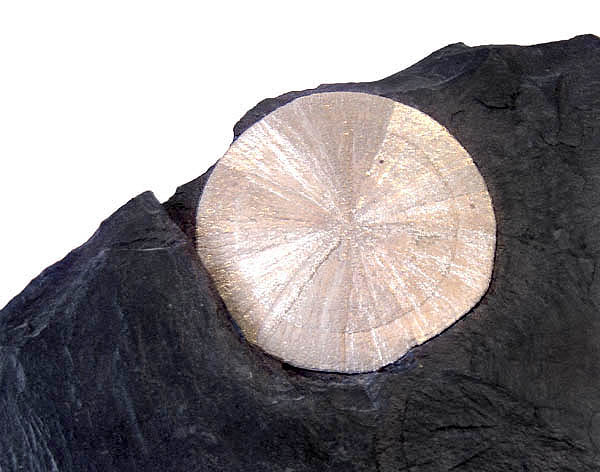|
Reniform (other)
{{Disambiguation ...
Reniform is an adjective meaning "kidney-shaped". It may refer to: * Reniform habit, a type of crystal shape * Reniform leaf, a plant leaf shape * Reniform seed, a plant seed shape * Reniform stigma, a spot on the wings of certain moths See also * Runiform (other) Runiform may refer to scripts or inscriptions similar written with letters that are similar in form to the runic scripts that were historically used to write various Germanic languages in Northern Europe. It may refer to: *Coelbren y Beirdd *Old T ... [...More Info...] [...Related Items...] OR: [Wikipedia] [Google] [Baidu] |
Reniform Habit
In mineralogy, crystal habit is the characteristic external shape of an individual crystal or crystal group. The habit of a crystal is dependent on its crystallographic form and growth conditions, which generally creates irregularities due to limited space in the Crystallization, crystallizing medium (commonly in Rock (geology), rocks).Klein, Cornelis, 2007, ''Minerals and Rocks: Exercises in Crystal and Mineral Chemistry, Crystallography, X-ray Powder Diffraction, Mineral and Rock Identification, and Ore Mineralogy,'' Wiley, third edition, Wenk, Hans-Rudolph and Andrei Bulakh, 2004, ''Minerals: Their Constitution and Origin,'' Cambridge, first edition, Recognizing the habit can aid in mineral identification and description, as the crystal habit is an external representation of the Crystal structure, internal ordered atomic arrangement. Most natural crystals, however, do not display ideal habits and are commonly malformed. Hence, it is also important to describe the quality of t ... [...More Info...] [...Related Items...] OR: [Wikipedia] [Google] [Baidu] |
Reniform Leaf
The following is a list of terms which are used to describe leaf morphology in the description and taxonomy of plants. Leaves may be simple (a single leaf blade or lamina) or compound (with several leaflets). The edge of the leaf may be regular or irregular, may be smooth or bearing hair, bristles or spines. For more terms describing other aspects of leaves besides their overall morphology see the leaf article. The terms listed here all are supported by technical and professional usage, but they cannot be represented as mandatory or undebatable; readers must use their judgement. Authors often use terms arbitrarily, or coin them to taste, possibly in ignorance of established terms, and it is not always clear whether because of ignorance, or personal preference, or because usages change with time or context, or because of variation between specimens, even specimens from the same plant. For example, whether to call leaves on the same tree "acuminate", "lanceolate", or "linear" could ... [...More Info...] [...Related Items...] OR: [Wikipedia] [Google] [Baidu] |
Reniform Seed
A seed is an embryonic plant enclosed in a protective outer covering, along with a food reserve. The formation of the seed is a part of the process of reproduction in seed plants, the spermatophytes, including the gymnosperm and angiosperm plants. Seeds are the product of the ripened ovule, after the embryo sac is fertilization, fertilized by Pollen, sperm from pollen, forming a zygote. The embryo within a seed develops from the zygote, and grows within the mother plant to a certain size before growth is halted. The seed coat arises from the Integumentary system, integuments of the ovule. Seeds have been an important development in the reproduction and success of vegetable gymnosperm and angiosperm plants, relative to more primitive plants such as ferns, mosses and marchantiophyta, liverworts, which do not have seeds and use water-dependent means to propagate themselves. Seed plants now dominate biological Ecological niche, niches on land, from forests to grasslands both in ... [...More Info...] [...Related Items...] OR: [Wikipedia] [Google] [Baidu] |
Reniform Stigma
This glossary of entomology describes terms used in the formal study of insect species by entomologists. A–C A synthetic chlorinated hydrocarbon insecticide, toxic to vertebrates. Though its phytotoxicity is low, solvents in some formulations may damage certain crops. cf. the related Dieldrin, Endrin, Isodrin * D–F A synthetic chlorinated hydrocarbon insecticide, toxic to vertebrates. cf. the related Aldrin, Endrin, Isodrin A synthetic chlorinated hydrocarbon insecticide, toxic to vertebrates. Though its phytotoxicity is low, solvents in some formulations may damage certain crops. cf. the related Dieldrin, Aldrin, Isodrin G–L ... [...More Info...] [...Related Items...] OR: [Wikipedia] [Google] [Baidu] |

